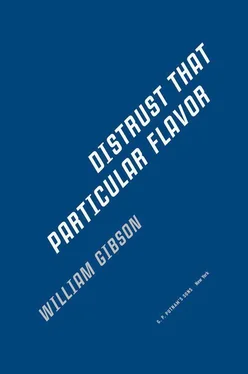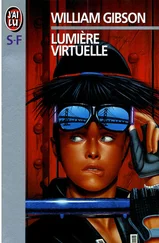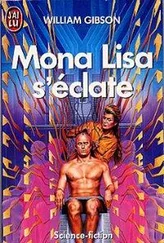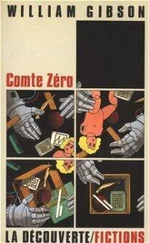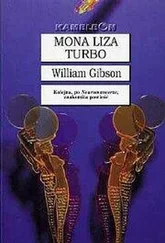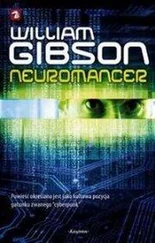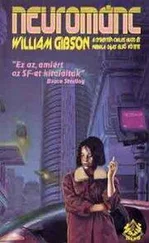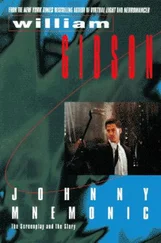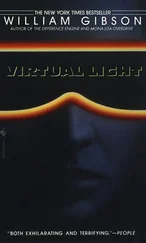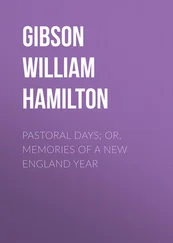And what has happened, here, in this scenario, is that our ancient project, that began back at the fire, has come full circle. The patterns in the heads of the ancestors have come out, over many millennia, and have come to inhabit, atemporally, this nameless, single, nonphysical meta-artifact we’ve been constructing. So that they form an extension of Johnny’s being, and he accesses them as such, and takes them utterly for granted, and treats them with no more respect than he would the products of his own idle surmise. But he’s still a child, Johnny, and swims unknowing in this, his culture and the culture of his species. He’ll be educated (likely via this same system he plays with now, in a more pedagogical mode — and likely, without his knowing, it’s already doing that, in background as it were). It may be that he’ll have to be taught to watch films, in the way that we watch them (or watched them, as I think DVDs are already changing that, not to mention changing the way you approach making them). He may need something akin to the sort of education that I needed in order to read novels — to appreciate, as it were, a marginalized but still powerfully viable media platform.
I can only trust that Johnny’s entertainment system, and the culture that informs it, will be founded on solid curatorial principles. That there will be an ongoing archaeology of media product in place to ensure that someone or something is always there to categorically state, and if necessary to prove, that The Maltese Falcon was shot in black and white and originally starred Humphrey Bogart.
Because I see Johnny falling asleep now in his darkened bedroom, and atop the heirloom IKEA bureau, the one that belonged to his grandmother, which his mother has recently had restored, there is a freshly extruded resin action-figure, another instantaneous product of Johnny’s entertainment system.
It is a woman, posed balletically, as if in flight on John Wu wires.
It is Meryl Streep, as she appears in The Hours .
She has the head of a Chihuahua.

This is one of many re-excavations of the material in “Dead Man Sings.”
Note how blithely I skip, whistling, past any possibility whatever that the digital might do anything to (cough) the book, or to the means of the book’s publication and distribution. Oh dear. I had my suspicions even then, but I seem to have been mainly bent, that day, on causing Hollywood directors the greatest possible anxiety.
Why on earth would anyone ever want to do that?

Disneyland with the Death Penalty

“IT’S LIKE AN ENTIRE COUNTRY run by Jeffrey Katzenberg,” the producer had said, “under the motto ‘Be happy or I’ll kill you.’” We were sitting in an office a block from Rodeo Drive, on large black furniture leased with Japanese venture capital.
Now that I’m actually here, the Disneyland metaphor is proving impossible to shake. For that matter, Rodeo Drive comes frequently to mind, though the local equivalent feels more like thirty or forty Beverly Centers put end to end.
Was it Laurie Anderson who said that VR would never look real until they learned how to put some dirt in it? Singapore’s airport, the Changi Airtropolis, seemed to possess no more resolution than some early VPL world. There was no dirt whatsoever; no muss, no furred fractal edge to things. Outside, the organic, florid as ever in the tropics, had been gardened into brilliant green, and all-too-perfect examples of itself. Only the clouds were feathered with chaos — weird columnar structures towering above the Strait of China.
The cab driver warned me about littering. He asked where I was from.
He asked if it was clean there. “Singapore very clean city.” One of those annoying Japanese-style mechanical bells cut in as he exceeded the speed limit, just to remind us both that he was doing it. There seemed to be golf courses on either side of the freeway.…
“You come for golf?”
“No.”
“Business?”
“Pleasure.”
He sucked his teeth. He had his doubts about that one.
Singapore is a relentlessly G-rated experience, micromanaged by a state that has the look and feel of a very large corporation. If IBM had ever bothered to actually possess a physical country, that country might have had a lot in common with Singapore. There’s a certain white-shirted constraint, an absolute humorlessness in the way Singapore Ltd. operates; conformity here is the prime directive, and the fuzzier brands of creativity are in extremely short supply.
The physical past here has almost entirely vanished.
There is no slack in Singapore. Imagine an Asian version of Zurich operating as an offshore capsule at the foot of Malaysia; an affluent microcosm whose citizens inhabit something that feels like, well, Disneyland. Disneyland with the death penalty.
But Disneyland wasn’t built atop an equally peculiar nineteenth-century theme park — something constructed to meet both the romantic longings and purely mercantile needs of the British Empire. Modern Singapore was: Bits of the Victorian construct, dressed in spanking-fresh paint, protrude at quaint angles from the white-flanked glitter of the neo-Gernsbackian metropolis. These few very deliberate fragments of historical texture serve as a reminder of just how deliciously odd an entrepôt Singapore once was — a product of Empire kinkier even than Hong Kong.
The sensation of trying to connect psychically with the old Singapore is rather painful, as though Disneyland’s New Orleans Square had been erected on the site of the actual French Quarter, obliterating it in the process but leaving in its place a glassy simulacrum. The façades of the remaining Victorian shop-houses recall Covent Garden on some impossibly bright London day. I took several solitary, jet-lagged walks at dawn, when a city’s ghosts tend to be most visible, but there was very little to be seen of previous realities: joss stick smoldering in an old brass holder on the white-painted column of a shop-house; a mirror positioned above the door of a supplier of electrical goods, set to snare and deflect the evil that travels in a straight line; a rusty trishaw, chained to a freshly painted iron railing. The physical past, here, has almost entirely vanished.
In 1811, when Temenggong, a local chief, arrived to resettle Singapura, the Lion City, with a hundred Malays, the jungle had long since reclaimed the ruins of a fourteenth-century city once warred over by Java, Siam, and the Chinese. A mere eight years later came Sir Stamford Raffles, stepping ashore amid a squirming tangle of kraits and river pirates, to declare the place a splendid spot on which to create, from the ground up, a British trading base. It was Raffles’s singular vision to set out the various colonial jewels in Her Majesty’s crown as distinct ethnic quarters: here Arab Street, here Tanjong Pagar (Chinese), here Serangoon Road (Indian). And Raffles’s theme park boomed for a hundred and ten years — a free port, a Boy’s Own fantasy out of Talbot Mundy, with every human spice of Asia set out on a neatly segmented tray of sturdy British china: “the Manchester of the East.” A very hot ticket indeed.
When the Japanese came and took it all, with dismaying ease, the British dream-time ended; the postwar years brought rapid decay, and equally rapid aspirations for independence. In 1965, Mr. Lee Kuan Yew, a Cambridge-educated lawyer, became the country’s first prime minister. Today’s Singapore is far more precisely the result of Lee Kuan Yew’s vision than the Manchester of the East ever was of Sir Stamford Raffles’s. Lee Kuan Yew’s People’s Action Party has remained in power ever since; has made, some would say, quite drastically certain that it would do so. The emblem of the PAP is a cartoony lightning bolt striking within a circle; Reddy Kilowatt as the mascot of what is, in effect, a single-party capitalist technocracy.
Читать дальше
